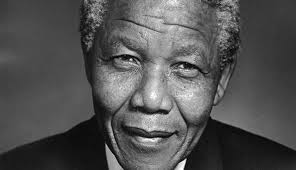Different situations demand application of different styles by the leaders. One size does not fit all. Yet the individual leader may follow broadly one particular mode. The characteristics of a person, his/her experiences and circumstances shape the conduct and behavior. However according to the situation effective leaders overcome the blemishes of their personal characteristics. Following are the 6 different styles of leaders that can be categorized.
1. Pace Setting Leader: When the team members know the job, they have the required skills; the pacesetting leader is able to get the maximum productivity from the team. But if it is continued for a long time with no respite, fatigue sets in. Further it kills innovation. The team members stop applying their mind.
2. Authoritative Leader: These leaders know how to align their team members to the common goals of the organization. These goals are defined broadly by the vision and mission of the company. In this case the means are left to the team members. Leader wants the results.

3. The Affiliated Leader: They create an emotional bond among the team members and with the organization. The sense of belonging is experienced by the team. This style of leadership works best in the times of stress.

4. Coaching Leader: Such leaders try to understand individual team members. They train them. They coach them to bring about the desired results. But this style is least effective when the team members are defiant.
5. The Coercive Leader: These leaders demand immediate compliance. The leader would say, “Do what I tell you”. This leadership style is most effective in the time of crisis. Realizing the situation the adaptable leader adopts coercive style to overcome the crisis.
6. Last but not the least, there is the Democratic Leader: These leaders try to build consensus. They invite individual opinions. When the leader wants that the team should take up the ownership of a decision or a plan; this style works. Fresh ideas come into play. But democratic style is not recommended in emergency situations.

Thanks for reading.
Six Styles of Leadership
Please follow and like us: